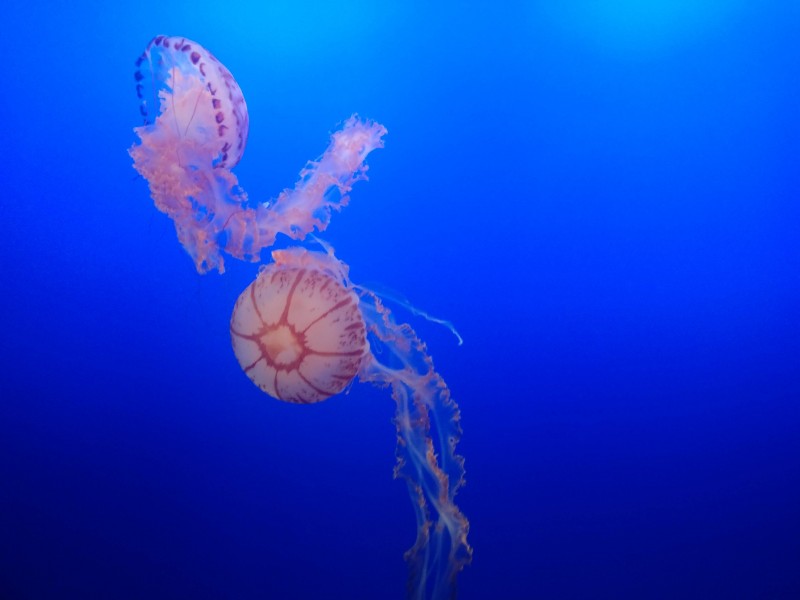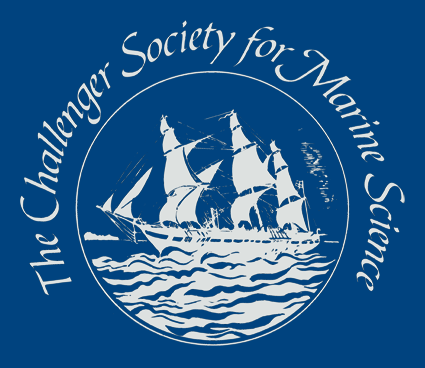15th Deep-Sea Biology Symposium (DSBS): California, USA
Lissette Victorero
National Oceanography Centre, University of Southampton

In September I attended the 15th Deep-Sea Biology Symposium (DSBS) in California, USA, an opportunity made possible thanks to the Challenger Society travel award. As the meeting is held only every three years and covers a huge array of topics, I think it can be easily considered the most rock ‘n’ roll event within the field of deep-sea research. This conference took place in an exciting location for the vast majority of marine scientists; Monterey Bay. This was a particularly idyllic setting for this event since the Monterey Bay Aquarium Research Institute is renowned for a long and outstanding history in deep-sea research and well let’s face it; we had free access to the aquarium throughout the week!
My presentation was after lunch on the first day and I gave my talk on the “Ecological communities and drivers of biodiversity within the transverse ridge of the Vema Fracture Zone”, a study which formed the final chapter of my PhD thesis and I was happy for the opportunity to receive useful questions and insights prior to submitting this work for publication. Once my presentation was done, I was able to relax and enjoy learning about all the latest advances in deep-sea research, seeing new imagery data from the fascinating Reykjanes Ridge and learning about the wonderful and often bizarre traits of different animals, such as the bioluminescence of sea cucumbers. Over the next few days, there were two parallel sessions filled with equally thrilling deep-sea science, resulting in scientists dashing across the street between the two conference locations. My favourite session was about connectivity, with the topics covered ranging from connectivity patterns at the scale of an individual seamount, to across the Mid-Atlantic Ridge and finishing up with how future climate change might affect the dispersal pathways of hydrothermal vent fauna. There were too many interesting presentations and posters to describe within this short piece, soif you want to find out more, check out #DSBS2018 on Twitter, where you can find tweets with pictures and hot-off the press deep-sea news shared by the community during the conference.
We had an equally busy schedule in the evenings, as there were many events organised throughout the week with many of these directed towards the student participants, such as the student BBQ, which was a fantastic opportunity to socialise with my peers.The week was topped off with the conference dinner, which took place after-hours at the Monterey Bay Aquarium and was the most surreal and unforgettable experience. The candle-lit dinner was served in front of the exhibition tanks, where I spent hours mesmerised by all the wonderful marine creatures and planning exciting new research and collaborations with fellow students (with some occasional plotting on how we could take over the world!).
Reflecting on my experience, I feel that DSBS 2018 has been the most rewarding conference so far in my research career to date. This was the second time I got to attend the DSBS, with the first time being at the start of my PhD, when I was a complete novice and too scared and nervous to talk to anyone. This time around, at the very end of my PhD, I truly felt like I was able to make the most out of this amazing opportunity, networking with a great mix of new and familiar faces. Therefore, I would like to express my utmost gratitude to the Challenger Society and the Deep-Sea Biology Society for funding my trip and enabling my participation and to thank the community for making me feel enthusiastic about my next adventures in the realm of deep-sea biology.
Profile:
I have recently completed my PhD studies at the National Oceanography Centre, University of Southampton. During my PhD, my research has focused on understanding the biodiversity and ecological patterns on seamounts and also on deep-sea fisheries. The majority of my research uses ROV imagery, habitat mapping techniques and spatial statistical methods to improve our understanding of complex geomorphological features within the deep sea.
Latest News
Royal Society Publishing Photography Competition 2025
Please see a message from the Royal Society below:
We are delighted to announce that the 2025 Competition is now open for entries until 15 August for a chance to win £1000! The competition celebrates the power of photography in conveying the wonder of science happening all around us and photographs can be submitted in the categories of: Astronomy, Behaviour, Earth Science and Climatology, Ecology and Environmental Science, and Microimaging.
The competition is free to enter and open to anyone studying or working in science at graduate level or above. Category winners will receive a one-year membership to the Royal Photographic Society and the overall winner will receive a grand prize of £1,000. Find out more: https://bit.ly/RSPphotocomp
October 2025 MEDIN Workshop: Marine Data Management, Governance and the MEDIN toolset
The Marine Environmental Data and Information Network (MEDIN) are pleased to announce that registration is now open for the next occurrence of our popular free online training workshop: ‘Marine Data Management, Governance and the MEDIN toolset’ on the 13th – 17th October 2025 on OceanTeacher Global Academy.
Marine Data Management, Governance and the MEDIN toolset
The Marine Environmental Data and Information Network (MEDIN) and OceanWise are delighted to invite you to attend our popular free online training workshop: ‘Marine Data Management, Governance and the MEDIN toolset’ on the 19th – 23rd of May 2025.
